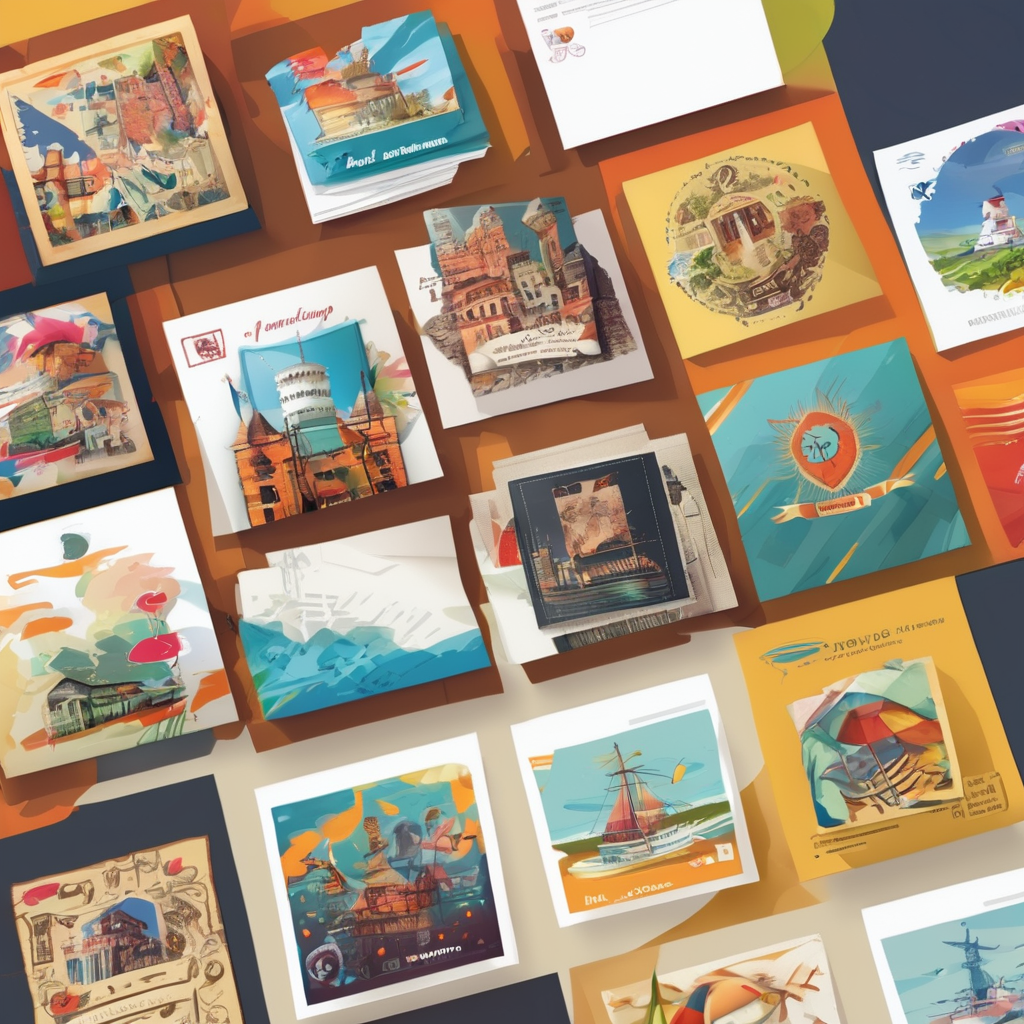Historical Overview of UK Women’s Fashion
The UK women’s fashion history is a rich tapestry deeply woven with cultural and socio-political influences. During the Victorian era, UK women’s fashion embraced modesty and intricate designs, characterized by the extensive use of layers such as corsets and crinoline skirts. This era set a precedent for elegance and propriety in fashion, demonstrating how societal values were reflected in clothing choices.
World War II marked a pivotal shift in women’s fashion across the UK. With fabric rationing in effect, practicality took precedence over elaborate design. This era witnessed the birth of functional yet stylish attire that allowed women greater movement and utility, laying the groundwork for modern-day practical fashion.
In the same genre : How Does UK Women’s Fashion Evolve Throughout the Seasons?
The UK has also given rise to other significant fashion movements that have left a profound cultural impact globally. The Mod movement of the 1960s infused fashion with a sense of rebellion and youthful exuberance, celebrated for its clean lines and tailored fits. In contrast, the punk movement emerged in the late 1970s, introducing an avant-garde, edgy aesthetic characterized by unconventional materials and DIY ethos. These movements not only targeted conventional fashion norms but also served as platforms for youth expression and cultural commentary.
By examining the evolution of UK women’s fashion, one can appreciate the dynamic cultural impact these developments have had both locally and worldwide, influencing countless styles and trends in contemporary fashion.
Also read : How Do UK Women Integrate Sustainable Fabrics into Their Wardrobes?
Iconic Designers and Their Global Influence
The UK has been home to many fashion designers who have left an indelible mark on the global fashion landscape. Among them, Vivienne Westwood stands out for her pivotal role in popularizing the punk aesthetic. Her designs challenged traditional norms, incorporating rebellious and unconventional elements which resonated worldwide. Westwood’s work often featured striking patterns and bold materials, helping to shape a global understanding of edgy, avant-garde fashion.
Stella McCartney is another iconic designer who has significantly impacted the international fashion scene. Renowned for her commitment to sustainable fashion, McCartney has pioneered ethical practices in her design processes. Her collections often highlight luxurious yet eco-friendly materials, influencing the way global fashion brands approach sustainability. McCartney’s collaborations and her presence at fashion exhibitions have further solidified her as a leader in the movement toward more conscious fashion practices.
Alexander McQueen remains a transformative figure in UK fashion, known for his craftsmanship and theatrical runway shows. His ability to blend historical references with modern innovation captivated audiences around the world. McQueen’s legacy includes not only his unique aesthetic vision but also an ethos of pushing creative and technical boundaries. His contribution to fashion is celebrated through numerous exhibitions and ongoing influence on other designers. These iconic British designers continue to inspire global fashion trends and have established the UK as a key hub for innovative and impactful fashion design.
Case Studies of UK Fashion’s Global Reach
Fashion serves as an intriguing channel for cultural exchange, and the UK has consistently played a pivotal role in molding global fashion trends. A prime example of this influence is London Fashion Week, an event that has become an international stage for designers and buyers from all over the world. London Fashion Week fosters creativity and innovation, offering a platform for emerging talents to gain global recognition. The allure of this event attracts international designers, further spreading the UK fashion ethos and elevating London as a fashion capital.
A compelling case study is how British fashion influenced markets in the US and Asia. Labels like Burberry and Alexander McQueen have successfully penetrated these territories, showcasing the adaptability and cross-cultural appeal of UK designs. These British brands have captured the hearts of international consumers, leading to a rise in demand for UK fashion in luxury markets abroad. This demand not only underscores the universal allure of British style but also highlights its role as a trendsetter in high-end fashion.
UK brands’ ability to appeal to diverse cultures and preferences is strengthened by their unique blend of tradition and innovation. The British fashion industry’s knack for embracing diversity and pushing design boundaries supports its significant global reach, allowing it to deliver fashion pieces that resonate with a variety of audiences worldwide. This cross-pollination of ideas and styles fosters a fertile ground for future fashion developments, continually evolving with the times.
Cultural Shifts Reflected in Fashion
The evolution of UK women’s fashion is deeply intertwined with cultural shifts and societal changes. Each era has brought about unique influences that have shaped fashion choices and trends.
Feminism and Fashion in the UK
The feminist movement has played a crucial role in the evolution of fashion, emphasizing practicality and comfort without sacrificing style. As women demanded more rights and equality, their clothing reflected this independence and empowerment. Fashion adapted to these demands, offering more options that catered to women’s new roles in society.
Youth Culture and Fashion Trends
Youth subcultures have always been a driving force in transforming fashion landscapes. The UK’s vibrant youth movements, like the Mods and punks, have strongly impacted fashion by rejecting mainstream norms and promoting self-expression. These movements emphasized distinct styles that communicated their identities and ideologies, significantly influencing the broader fashion industry.
Influence of Music Genres on Fashion
Music has continuously inspired fashion, with genres like punk rock and Britpop leaving indelible marks. Music festivals and icons have become trendsetters, with their distinctive styles inspiring designers and consumers alike. The interplay of music and fashion has created bold statements and trends that resonate globally, reinforcing the UK’s standing as a fashion innovator.
By examining these cultural shifts, one can see how societal change has continually influenced fashion evolution, forging new paths and challenging traditional concepts.
Current Trends and Future Directions
In the dynamic world of fashion, current fashion trends in UK women’s fashion reflect a blend of traditional elegance and modern convenience. Today, the focus is increasingly on versatile, eco-friendly designs that resonate with socially conscious consumers. The growing prominence of sustainable materials and ethical production practices marks a significant shift in industry priorities, as brands strive to meet consumer demands for transparency and accountability.
Looking ahead, the future of UK fashion is poised to be heavily influenced by technological advancements and evolving cultural dialogues. As designers embrace innovation, augmented reality and virtual fashion shows could become the norm, enhancing how collections are experienced and consumed globally. This digital shift is expected to foster greater inclusivity and accessibility, breaking geographical boundaries and democratizing fashion.
Furthermore, the global influences on UK fashion are anticipated to intensify as cross-cultural collaborations rise. These partnerships often infuse new perspectives and styles, broadening the fashion landscape and creating fresh opportunities for design evolution. Social media and digital platforms play a crucial role in this transformation, serving as powerful tools for reaching wider audiences and engaging directly with fashion enthusiasts around the world. These platforms not only facilitate trends’ dissemination but also enable real-time feedback and community building, encouraging an interactive dialogue between creators and their audience.





